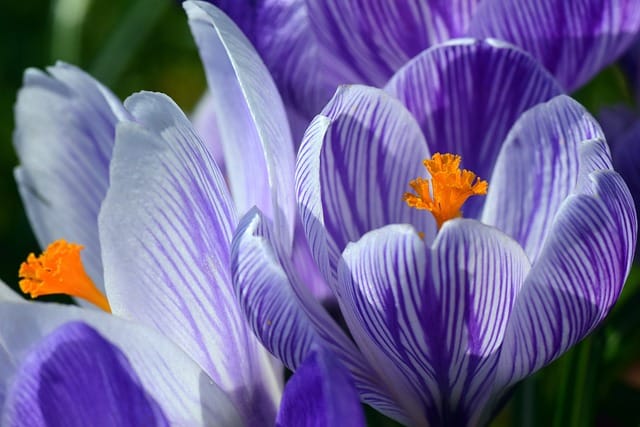How to grow Rubber Plants
Rubber plants (Ficus elastica) are popular indoor plants known for their beautiful glossy foliage and ease of care

In this article:
- Introduction to Rubber Plants
- Choosing the Right Location
- Ideal Soil and Potting Mix
- Watering and Humidity Requirements
- Providing Adequate Lighting
- Fertilizing Your Rubber Plant
- Pruning and Trimming Tips
- Dealing with Common Pests and Diseases
- Propagating Rubber Plants
- Troubleshooting Common Problems
- Enhancing the Beauty with Accessories and Decor
- Frequently Asked Questions about Rubber Plants
- Conclusion
Introduction to Rubber Plants
Rubber plants (Ficus elastica) are popular indoor plants known for their beautiful glossy foliage and ease of care. Native to Southeast Asia, these plants are fantastic additions to any indoor space, adding a touch of vibrant greenery to your home or office.
Choosing the Right Location
When selecting a location for your rubber plant, consider its lighting needs. These plants thrive in bright indirect light, so choose a spot near a window with filtered sunlight. Avoid placing them in direct sunlight as it can scorch their leaves.
Ideal Soil and Potting Mix
A well-draining soil mix is crucial for the healthy growth of rubber plants. Use a mix of peat moss, perlite, and potting soil to ensure proper drainage. The soil should retain some moisture but not be overly soggy.
Watering and Humidity Requirements
Rubber plants prefer moist soil but can suffer if overwatered. Water your plant thoroughly when the top inch of soil feels dry to the touch. It's important not to let the plant sit in standing water as it can lead to root rot.
In terms of humidity, rubber plants appreciate higher levels. You can increase humidity by placing a water tray near the plant or misting its leaves with water regularly.
Providing Adequate Lighting
As mentioned earlier, rubber plants thrive in bright indirect light. If your plant is not receiving enough light, the leaves may start to droop. If it's placed in an area with low light, consider supplementing with artificial grow lights to provide the necessary light intensity.
Fertilizing Your Rubber Plant
To keep your rubber plant healthy and promote growth, fertilize it every two weeks during the growing season (spring and summer) using a balanced liquid fertilizer. Reduce the frequency to once a month during the dormant season (fall and winter).
Pruning and Trimming Tips
Regular pruning helps maintain the shape and size of your rubber plant. Trim back any dead or yellowing leaves, and pinch off the tips of overgrown branches to promote bushier growth. Additionally, you can shape your rubber plant by cutting back its branches to your desired height.
Dealing with Common Pests and Diseases
Rubber plants can be susceptible to pests like spider mites, mealybugs, and scale insects. Inspect your plant regularly for signs of infestation, such as webbing, white cotton-like patches, or tiny insects. If identified, treat the infestation with an appropriate insecticide or by wiping the leaves with a mild soap and water solution.
Prevent diseases by avoiding overwatering and maintaining good air circulation around the plant. If you notice any signs of disease, such as black spots or wilting leaves, take immediate action to prevent further spread.
Propagating Rubber Plants
Propagating rubber plants can be done through stem cuttings. Select a healthy stem and cut it just below a node. Place the cutting in water or a moist potting mix until roots develop, then transplant it to a regular potting mix. Ensure the cutting receives adequate warmth and humidity during the rooting process.
Troubleshooting Common Problems
Some common problems you may encounter with your rubber plant include leaf drop, yellowing leaves, or stunted growth. These issues can often be attributed to improper watering, lighting, or nutrient deficiencies. Assess the conditions of your plant and make necessary adjustments to address these problems.
Enhancing the Beauty with Accessories and Decor
Rubber plants can be further enhanced by placing them in decorative pots or adding natural elements like pebbles or moss to their soil. These accessories can complement their vibrant foliage and make them stand out as beautiful indoor decorative pieces.
Frequently Asked Questions about Rubber Plants
Q: How big do rubber plants grow?
A: Rubber plants can grow up to 10 feet tall when grown indoors and given proper care.
Q: Can I place my rubber plant outside during the summer?
A: Yes, you can move your rubber plant outdoors during the summer, but ensure it receives indirect sunlight and monitor its watering needs.
Conclusion
Growing rubber plants indoors can be a rewarding experience. With the right care, these plants can thrive and bring life to your indoor spaces for years to come. Remember to provide them with the ideal location, well-draining soil, proper watering and lighting, and address any issues promptly for their continued health and beauty.
